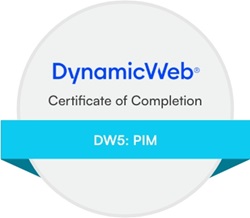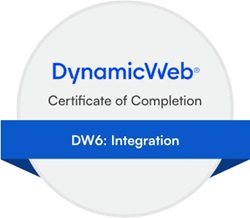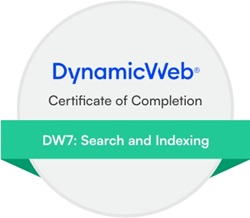Hi there,
When setting up OAuth for BC as documented here: https://doc.dynamicweb.com/documentation-9/integration/integration-framework/authentication-connector-service/authentication/oauth-2-0-for-business-central-user-impersonation we choose an AD user to authenticate the request. However, (in our case) this user does not exist in BC as a user. So under what user / permissions is BC accessed then? Does it have full control or is there a way to limit / define permissions? In earlier versions (https://doc.dynamicweb.com/documentation-9/integration/integration-framework-old-structure/remote-system-setup/dynamics-365-business-central) we had to configure permissions in BC but that seems no longer the case.
The documentation to set this up describes (to some extent) what to do, but it provides no guidance or information on what it's doing under the covers. Some more insight would be much appreciated.
Imar















